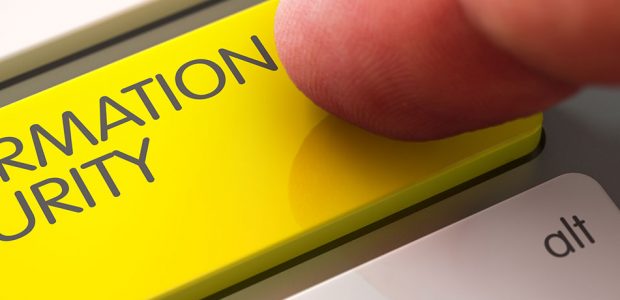In last week’s blog, we discussed three cybersecurity threats in 2020: attacks on the Internet of things (IoT), incidents caused by human error, and mobile and 5G vulnerabilities. In this second of the two-part series, we’re going to explore how to safeguard your digital assets from these and other cyber threats with a cybersecurity framework.
What are digital assets?
A digital asset is any type of electronic record that’s stored digitally. This includes different kinds of files, such as images, databases, PDFs, and text documents. Online accounts, including apps, websites, social media, and cloud storage are also digital assets.
The digital assets of financial institutions are prime targets for cybercriminals. If cyberthieves gain access to your system administration accounts and customer logins, they can use the information for malicious purposes or profit from selling the data on the dark web.
Smart devices and equipment connected to the Internet at your brick-and-mortar location are also at risk. Unauthorized access to building systems puts your physical location in danger as well as your website and network.
How to Safeguard Digital Assets With a Cybersecurity Framework
You can protect your digital assets by implementing a cybersecurity plan recommended by the U.S. Department of Commerce’s National Institute of Standards and Technology. The NIST Framework recommends that businesses address five functions to protect digital assets: identify, protect, detect, respond, and recover.
First, identify your system and data assets. Also, look at how your employees and customers interact with assets to discover vulnerabilities. By identifying risks, you can develop a security management strategy.
Base your strategy on the second function — protect. Create and implement protocols and procedures to prevent cyber breaches. Install proper software, firewalls, and other security measures and educate employees and customers on best practices to protect data.
The third function, detect, allows you to have a method of discovering a cyberattack as quickly as possible so that you can take immediate action. Third-party assessments, daily scanning for malware and viruses, and continuous monitoring of your website connectivity and activity can signal a cyberthreat.
Next, your security plan should include processes to respond to any breaches. First and foremost, you’ll want to safeguard your digital assets without interrupting business operations by limiting access, adjusting firewall settings, resetting passwords, and installing security updates or patches. Determine beforehand the stakeholders who need to be contacted and involved. Finally, be sure to communicate to customers if and how the breach affects them. Total transparency is necessary to maintain their trust.
The last function is to recover. Damage to your digital assets can be costly, both in terms of money and customer relationships. An important part of the protect function is having a backup plan. By backing up your network systems and website regularly — preferably daily — you can restore information as it was before the attack. This allows for no downtime on your website and in banking operations. If customer and/or employee information was compromised, you might offer identity theft monitoring and protection for a limited time to regain trust and salvage relationships.
Final Words
For financial institutions, digital assets are a goldmine for cyberthieves. With a strong cybersecurity framework in place, you can prevent cyberattacks or mitigate any damage if your digital assets are compromised.
When you host your bank website with BankSITE® Services, we can assist you with safeguarding your digital assets. We protect your website with our virtual private server system, 24/7 monitoring, daily malware scanning, and our partnership with Trustwave. Be proactive now to prepare for the threats of 2021.


